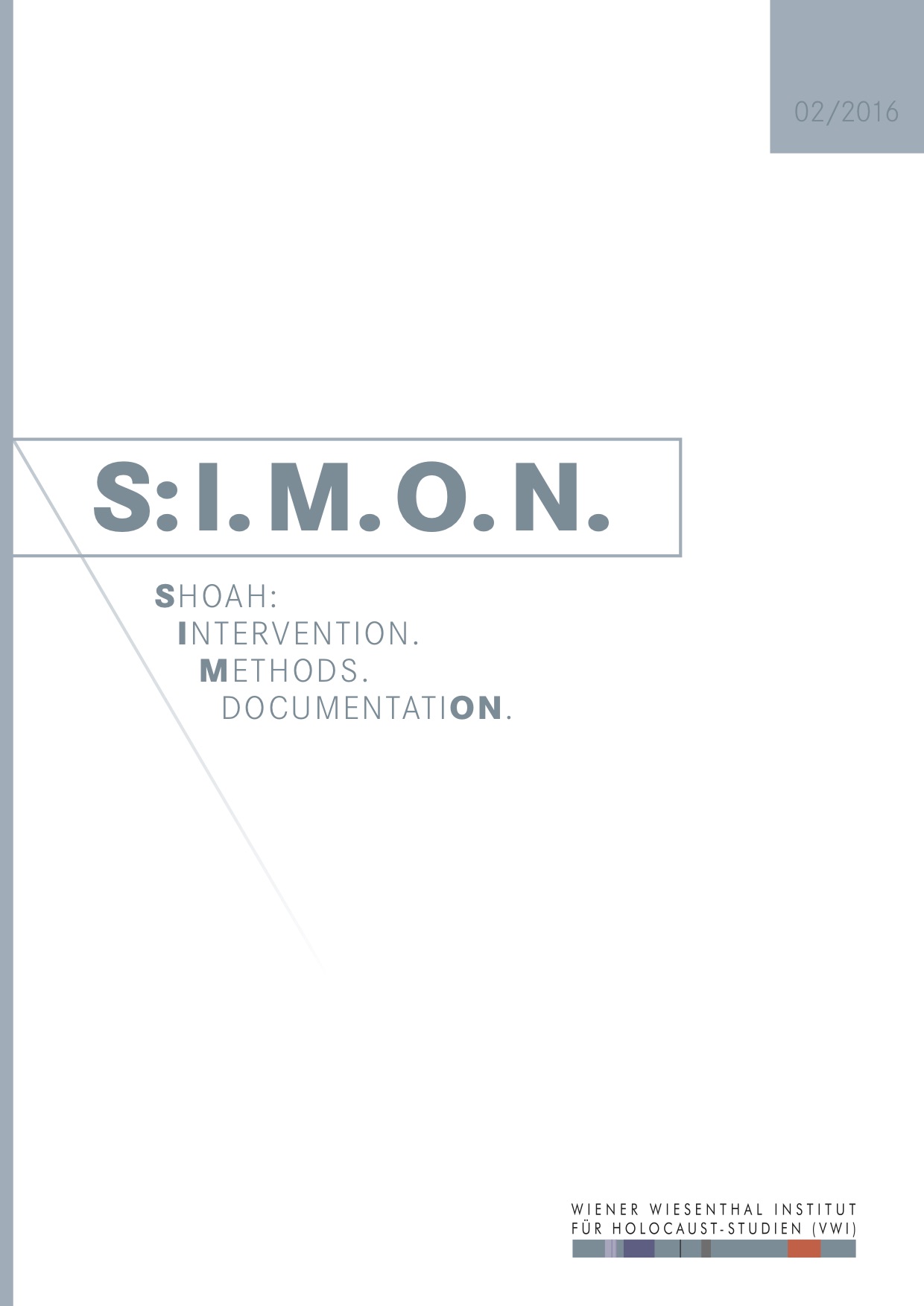
Wo man Bücher verbrennt, verbrennt man am Ende auch Menschen…
Lueger Memorial, 1010 Vienna, Dr. Karl-Lueger-Platz, KiP - Kunst im Prückel, 1010 Vienna, Biberstrasse 2, May 10, 2013
More...We kindly inform you that, as long as the subject affiliation of our 300.000+ articles is in progress, you might get unsufficient or no results on your third level or second level search. In this case, please broaden your search criteria.

Lueger Memorial, 1010 Vienna, Dr. Karl-Lueger-Platz, KiP - Kunst im Prückel, 1010 Vienna, Biberstrasse 2, May 10, 2013
More...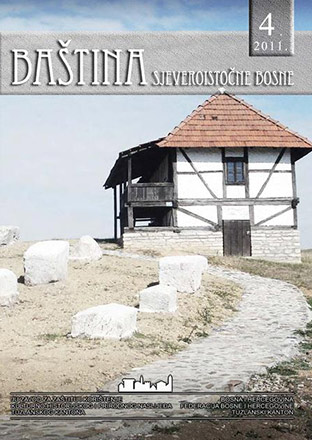
Danas, kada se u krugu stanovnika Tuzle, i to onih stariji spomene objekat „Stara biblioteka“, kako je svi zovemo, može se primjetiti sjeta na licima, i prisjećanje na sve funkcije koje je imao, te koliko značajno mjesto zauzima u historiji ovog grada, a i u životima stanovnika koji žive na ovom području. Na žalost, mlađi stanovnici ne pamte ovaj objekat u dobrom stanju, jer je već duže vrijeme prepušten sam sebi, i pomalo, ali sigurno ova nekadašnja ljepotica propada i nestaje. Ako se ubrzo ne poduzmu mjere na sprečavanju daljnjeg propadanja objekta, klasični simbol austrougarske arhitekture i gradnje će nestati. Problem zemalja u tranziciji, kao što je i Bosna i Hercegovina, jeste da se simbolima društvenog i kulturno historijskog nasljeđa ne poklanja potrebna pažnja. Duži period prisutan je nemaran odnos društva i zajednice prema ovoj problematici. Stanje je posebno usložnjeno ratnim i poslijeratnim prilikama, gdje je kulturno historijsko naslijeđe uopšteno ostalo na margini. Namjera autora je da kroz ovaj rad ukažu na ubrzano propadanje i stradanje objekta, te neophodne mjere reparacije ili konzervacije, koje je potrebno sprovesti kako Tuzla ne bi zauvijek izgubila jedan od svojih historijskih simbola.
More...
In the second half of the twentieth century, music for children was enriched by the works of Jadwiga Szajna-Lewandowska (1912–1994). The Wrocław’s pianist, composer and pedagogue wrote most of her pieces for the youngest and thus the most sensitive recipient. The vast majority of her works is stage music for children, mainly ballet. In this category, Szajna-Lewandowska has no equal. She is the one of the rare composers who devoted most of their works to children. Her music for the youngest comprises not only stage works, but also compositions written for children as performers or listeners. Among them, there are instrumental, vocal-instrumental and choral pieces. Therefore, it can be claimed that Jadwiga Szajna-Lewandowska is a composer who made a significant contribution to Polish children’s and young adult literature.
More...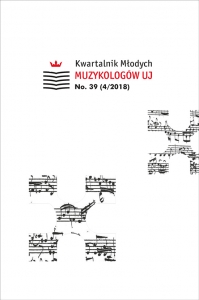
Samuel Besler (1574–1625) was born in Brzeg, Lower Silesia. He spent a major part of his life in Wrocław as a cantor at St Bernardine’s Church and then a headmaster of the Holy Spirit school, which belonged to St Bernardine’s parish. The article presents a biography of the composer including the latest discoveries of the author, made in Wrocław University Library and the State Archive in Wrocław. Biographical information is followed by the short description of Besler’s artistic work in which both symptoms of changes in the music of the early 17th century and manifestation of the composer’s fascination with Gregorian chant are present.
More...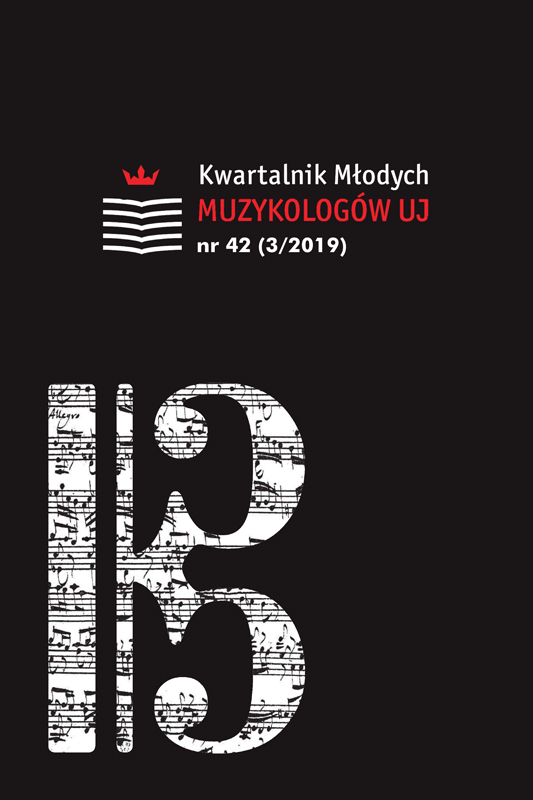
Irène Régine Jessy Maria Wieniawska was born on 16th May 1879 in Brussels as the youngest child of an outstanding Polish violinist and composer of the 19th century, Henryk Wieniawski, and Isabelle Bessie Hampton-Wieniawska. As the only one of Wieniawski’s children, she followed the footsteps of her father and chose the profession of a musician. This work brings focus to the lesser known facts from the composer’s life, which greatly impacted the formation of her creative character, including the fact that Irène Wieniawska used a considerable number of pseudonyms, which allowed her to keep her anonymity and therefore resulted in part of her work to be forgotten for many years. As in several cases of other female composers of the early 20th century, the name Wieniawska is currently poorly recognised, even though she was a known composer and performer in London between the years 1900–1932. Wieniawska’s songs were very popular, and her creative legacy remains equally interesting, which I would like to draw attention to in my paper and discuss the latest catalogue of her works, developed by me.
More...
Seweryn Kortowicz was a musician and composer active in the region of Greater Poland, an important centre of Polish music culture, in the 19th century. The composer’s work was preserved mainly in Gniezno, but also in Poznań. He was a local composer, serving as a music director in the Gniezno cathedral for over 50 years. The article presents the current state of research on the life and work of this composer.
More...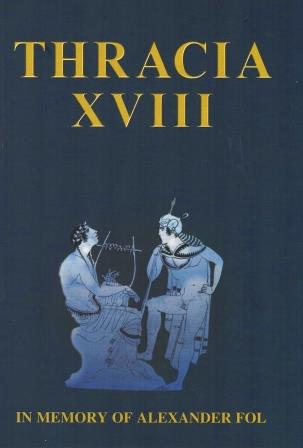
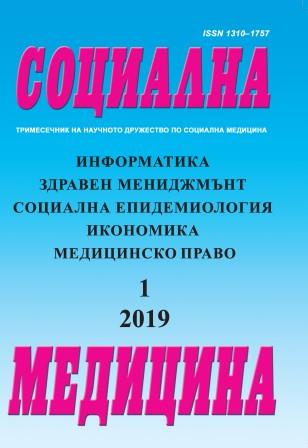
The main sources of information, elements and structure of the occupational health record are presented. The purpose of the publication is to present a possible approach for building information formats and electronic sharing of occupational health records through the XML standard. A general scheme of the connections in one occupational health record is designed and presented through an XML model. This will support the development of a mechanism (reference models) for extracting data from non-homogeneous computer systems and achieving semantic interoperability between existing information systems related to occupational health information management.
More...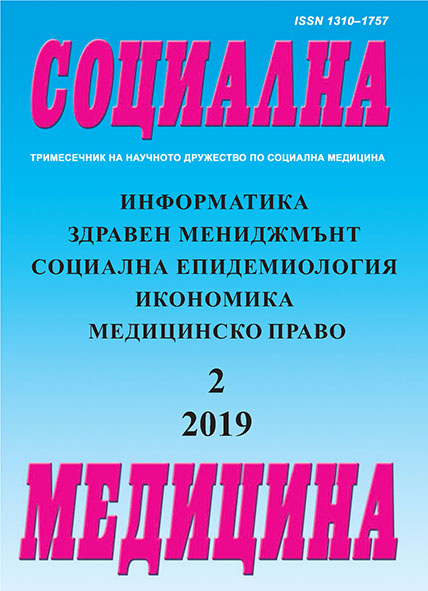
Background: Health promotion (НР) is a central proactive concept in the development of social medical as a science and practice. The settings and community approaches are most effectively implemented at the educational settings, starting at school and continuing at the university. Herewith, the educational setting is the Medical University “Prof. Dr. Paraskev Stoyanov” - Varna (MU-Varna). The community of the study are the students at MU-Varna. The aim was to investigate the impact of Bulgarian folk dance (BgFD) on the health of the students and the place of BgFD in the academic curriculum. Six objectives supported the aim application. Material and methods: The study design employs a mix-method approach that includes quantitative and qualitative methods applied in two successive phases. Quantitative methods: two direct questionnaires - at the beginning and end of the semester (September - December, 2018) and one standardized for stress levels, anthropometry and statistical methods. Qualitative method: Delphi survey (March - June, 2019) to reach consensus on the place of BgFD in the academic curriculum. The sample consisted of 184 students, divided into two main comparable groups: BgFD – studying (92 people) and Sports-studying (92 people) in their compulsory sports activities at the university. Results: For 56.4% BgFD - classes are the only sporting activity during the week. BgFD help improve physical and emotional health in 78.8% of those who study them. An assessment of the change in subjective health in the two groups found that there is improvement is subjective health levels, but there was no statistically significant difference between the two groups. Discussion and conclusion: BgFD bring healthy energy, BgFD relax and entertain. Giving the students the opportunity to study BgFD is, in its essence, an anticipatory HP intervention, which is a strategy for increasing life expectancy, for a disease prevention and for a more successful professional career. The study participants are medical students and from other medical/health majors. They are expected to be active HP agents in the future. The hypothesis that BgFD are equivalent as a physical activity to sports has been confirmed. BgFD are a healing and uniting social phenomenon that deserves its "reserved" place in the academic curriculum.
More...
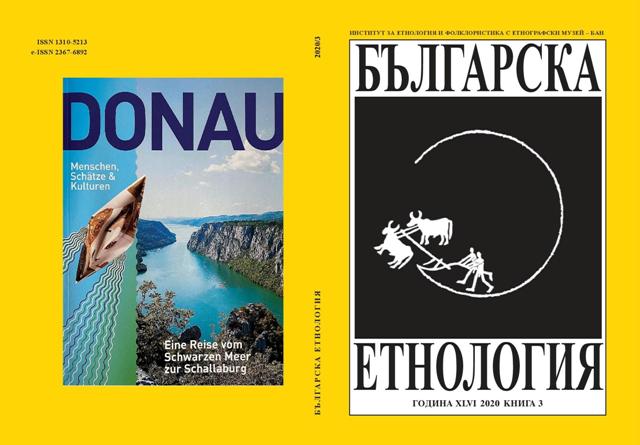
Generally known as New Museology, the museological methods which appeared in the 1980s in response to the epistemological crisis of the museum sometimes borrow from the tools of contemporary art (conceptual art, institutional critique, performanceetc.) in order to “disenchant” the museum, to turn it into space for public debate and cultural interactions, to use it as a tool for social critique. The article attempts at offering an original typology of the contemporary art interventions in the museum space from the point of view of the different critical reflexivity which they show: to the mechanisms of the museum institution; to the “museum’s perspective” – the means of looking and producing knowledge in the museum; to the museum narrative and its interpretations; to the museum object, its meanings and representations; to the collection and collecting as specific and basic museum practice; and last but not least, to the museum experience. Using various examples of artistic interventions in the museum space, the possible new transformations of the museum and its socio-critical potential are illustrated.
More...
This research is inspired by the practice of U.S. based museums, whose main mission is to interpret the cultural heritage and living traditions of various cultural communities for different types of audiences. The author studies different methods and forms of museum interpretation as well as possible strategies for their applications in the museum practice. Modifications of interpretative methods are considered integral part of the gradually transformed perceptions of the museums’ role in the contemporary societies, their orientation towards more meaningful communication with their partners, local communities, artists and visitors as well as their strive for a more comprehensive presentation of the museum content in context. The article is structured around several main topics: 1. Interpretation in the museum Dialogue, 2. Principles and Forms of the Museum Interpretation, and3. Polyphony of the Museum Interpretation. The last topic provides an opportunity fora further discussion on the co-existence of “voices“ that are heard in the museum and that contribute in various ways to the specific nature of the museum communication: a. the voice of the museum experts, b. the voice of the cultural communities, c. the voice of artists, and d. the voice of visitors. The author examines certain changes in the characteristics of the museum dialogue when one or the other of these voices dominates, when they are in harmony as part of an enhanced interpretation of museum exhibitions and programs or when they are in dissonance – as part of alternative, even conflicting interpretations of objects or activities. The article also offers arguments clarifying the leading role of the exhibition themes and narratives in shaping the museum dialogue. It also provides considerations for the need of more active engagement of artists, visitors, cultural communities and institutional partners in the creation of unique museum experiences and for the establishment of the museum as an institution that is relevant to the people who enter its halls.
More...
As we hear increasing demands to include more diverse voices in our institutions can find inspiration in museums that were made by and for the communities they serve. This article presents two such museums in the United States, the National GreatBlacks In Wax Museum and the Burlesque Hall of Fame, where the founders built their own venues for cultural representation. These sites rely on emic interpretation as visitors are given tours by members of the communities whose culture is on display, providing representation, education, and visitor engagement.
More...
The article attempts to propose a reflexive approach towards the communist legacy in museums. By comparing the trend of decolonization in museums of Western Europe with particular attention to the practices in the Netherlands the author draws attention to the potential solutions and mechanisms for reassessing the traumatic institutional past. The search for new museum identity in the 21st century in Europe reflects the social turbulence and follows an academic critique to reform the institution profoundly. The lack of visitor flow and problematic interaction between Bulgarian state-funded museums and their local audiences are perceived as a signal for the institutional struggle with communist legacies in museological theory and practice. The article pretends to examine the main areas affected by the legacies and to outline the need for post-communist museum studies in Bulgaria, as well as the need for a critical approach towards Bulgarian museums’ identity.
More...

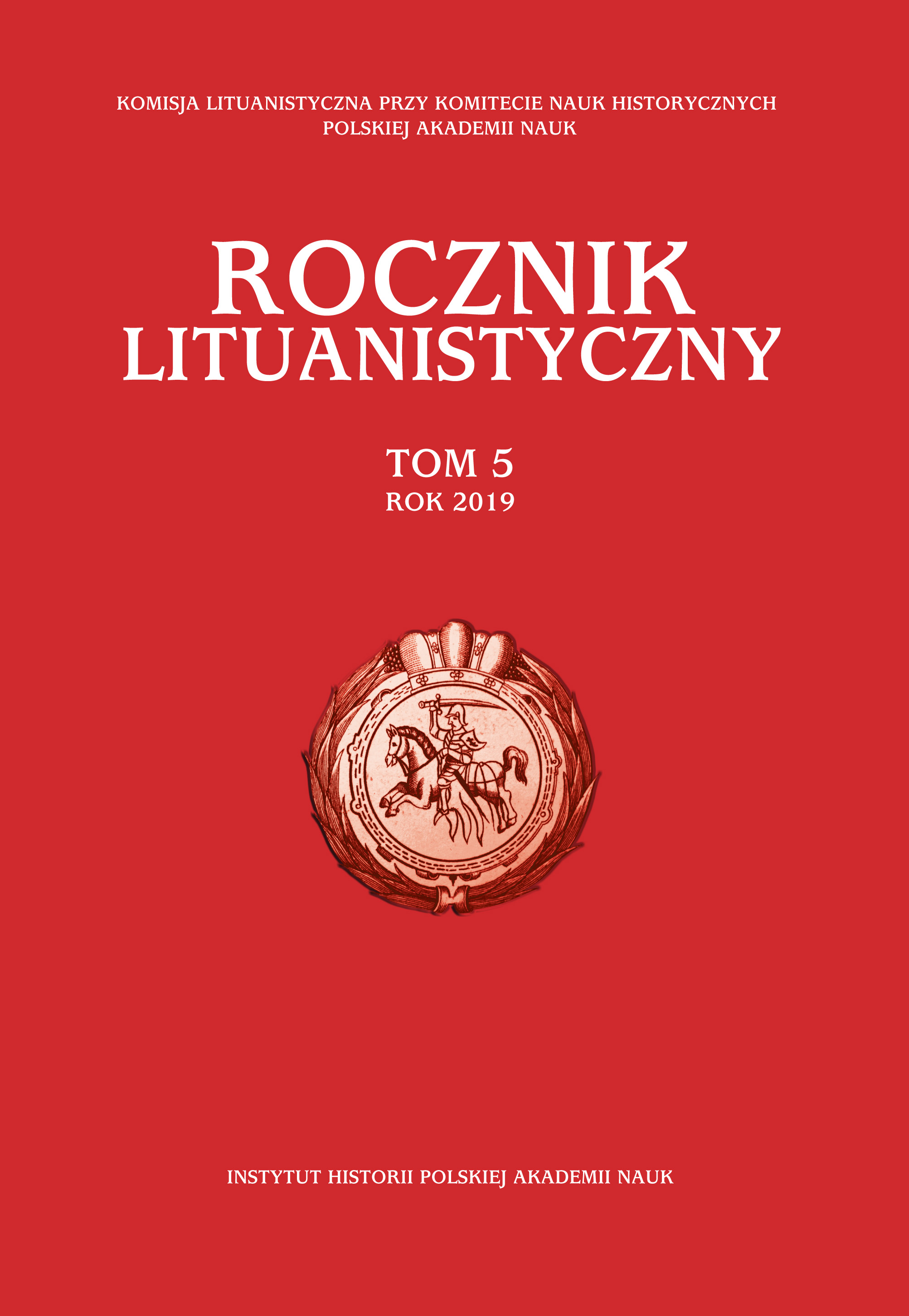
The article discusses the poems written by hussars preserved in a manuscript kept in the Jagiellonian Library (ref. no. Przyb. 217/61). In the rhymed register of a military unit, Aleksander Cedrowski facetiously characterised his comrades known to him personally, while the anonymous author described in a poem the Shrove Tuesday party held by Mikołaj Kisiel, who hosted in his house the hussars mentioned by name. In the poetic letters by Daniel Koźmicki and Andrzej Zborowski, on the other hand, there is a polemic about the condition of the knight and spouse. Th e occasional poems also show the problems with provisions of the hussars who stayed for winter in the Nowogródek Voivodeship (now Navahrudak, Belarus) in 1659.
More...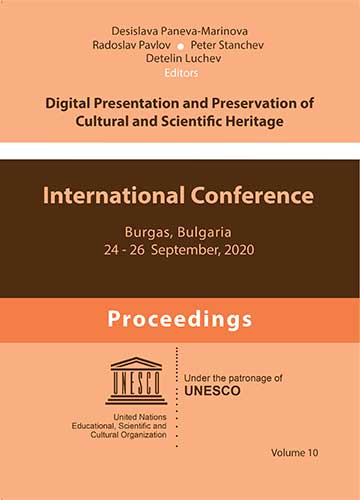
Higher education in the Arts and Humanities nowadays faces global challenges. By its very nature, Classics is among the disciplines which experience the harshest consequences of the large economic and cultural shifts we are witnessing. In the last decades, the students graduating from the BA curriculum of the Department of Classics to the University of Sofia have decreased in number, their profiles, motivation and interests have gone through various changes, their devotion to reclusive, slow and thorough acquisition of knowledge – so characteristic of the typical figure of the classicist a century ago – has significantly diminished. On the other hand, new technologies not only became ubiquitous in the lives of students and teachers alike but also gave rise to the multidisciplinary field of Digital Humanities, and Digital Classics in particular. Several such initiatives have been developing at the Department of Classics to the University of Sofia and, as of late, have also been introduced to the BA curriculum in Classics. The paper will discuss how getting involved in activities such as encoding ancient Greek inscriptions or working on parallel text alignment can serve as a quick and efficient introduction to more complex research problems and approaches in advanced fields like epigraphy. The general request of policy-makers and public alike for practically oriented higher education yielding quick and relevant results often leads to shallower educational results of lesser quality. Solving research issues through working on ancient sources with digital tools can be a way of acquiring deeper knowledge of the subject matter of Classics more quickly. Examples from different courses and project activities will be examined in order to observe how digitally-aided research works in practice.
More...
Intangible Cultural Heritage (ICH) is a term invented to represent living practices, representations, expressions, skills and knowledge that communities, groups and individuals recognize as distinct but important aspects of identity. The safeguarding of ICH has become a topic of international concern primarily through the work of UNESCO (United Nations Educational, Scientific and Cultural Organization) (UNESCO, 2018). Digital technologies and the internet bring unprecedented opportunities to present and preserve cultural assets globally and from a long-term perspective. The use of new technologies in the preservation and transmission of intangible heritage imposes urgent and significant changes in the museum specialists' competency matrix. The paper presents the main results from research con-ducted within the scope of the international project DigiCult in four European countries, aiming to identify the main gaps and constraints regarding the active inclusion of museum professionals in the ICH digital presentation and safeguarding processes.
More...
Al- Shuaybiyya Mosque in the old city of Aleppo is recorded in Arabic chronicles as the first mosque built in the city by the Muslims. Its position commemorates the location of their first prayer. It is suggested that it was built on over Roman remains, then rebuilt in Zengid period during the reign of Nur al- Din al- Zengi. It underwent a renovation in the 14th century, and possibly most of the surviving structure either dates to the Ayyubid or the Mamluk period. However, to our knowledge, this mosque has not been explored in the con-text of an analytical architectural study to trace the remains of each period. This paper aims to examine the architectural development of the mosque using terrestrial laser scanning to identify the elements of the previous structures. The use of laser scanning offers highly accurate survey results, in addition to a better identification of architectural elements and their relation to the structure and the modern-day city. The conducted survey-study suggests the chronology of the building (phases of construction and their limits), based on the architectural analysis of the digital model and consultation of previous studies and historical text.
More...